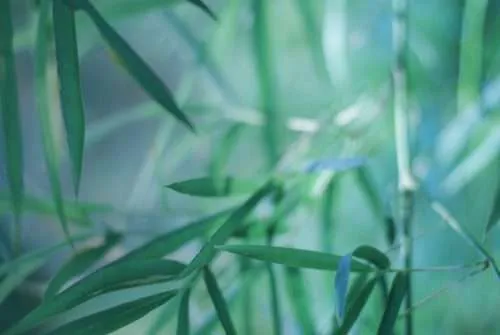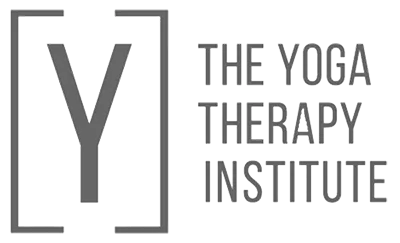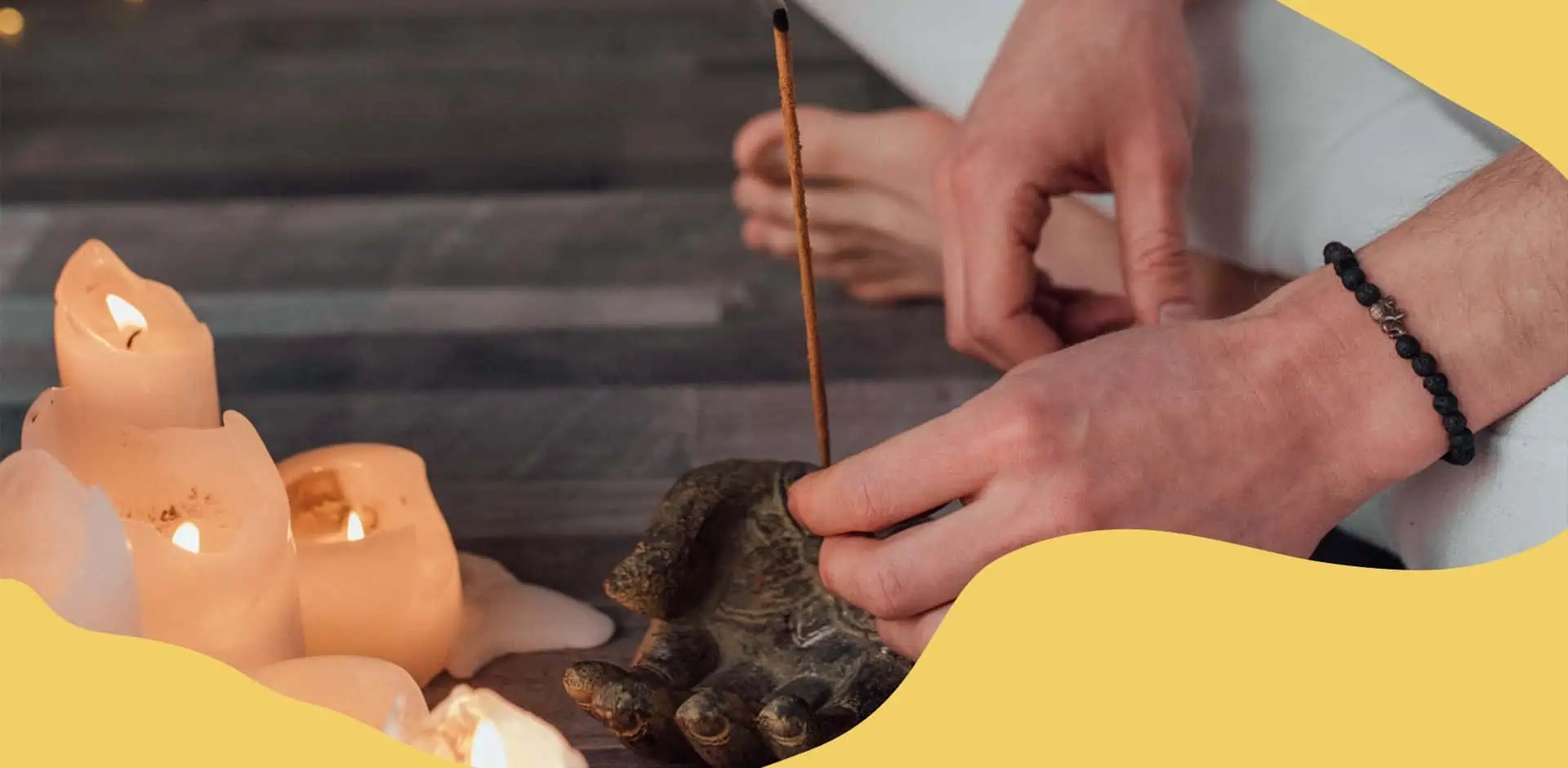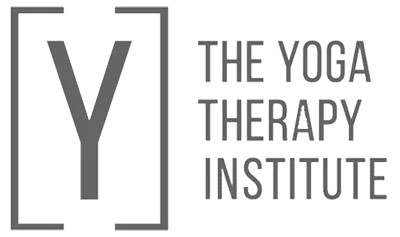
The Pranayama Vayus are defined as movements of prana. Prana is considered to be “a universal energy, which flows in currents in and around the body”, prana is so much more than simply breath or even a gateway to our journey inwards. Prana is a transformational, vital life force, affecting every aspect of our lives.
Prana moves our bodies and our minds…an innate intelligence, quintessential animator of life and the impetus for health and higher consciousness.
In the yogic tradition, the five functions or movements of prana are known as the vayus, each governing different physical and subtle activities but working in harmony to engender health and vitality.
PRANA VAYU – “Air that moves forward” / inhale / intake / receiving / inwards
The movement of energy from the head down to the navel, which is the pranic centre of the physical body. The prana vayu balances itself, as the energy moves both in and out. The prana vayu directs the relationship between our inner world and the outer world (nature) and governs receiving from food, air, sensory inputs and mental experiences. In essence, it shapes our capacity to receive and to set things in motion.
If this energy flow is unbalanced, it means we don’t understand our place in the world or our purpose in life. We feel as though something is missing and we keep trying to find the missing link or satiate the cravings and unhelpful desires to fill the gap.
To balance this vayu, inhale for 4 counts, focusing on the in breath and exhale naturally without counting.
APANA VAYU – “Air that moves away” – exhale / elimination / releasing / downward
The Apana Vayu moves energy from the navel down to the root chakra. It physically governs intimacy, reproduction and elimination, (including the elimination of carbon dioxide) and on a deeper level, the elimination of negative sensory, emotional and mental experiences. It is the energy behind expelling that which is ready to be let go – our innate capacity to release – and the basis of our immune function.
If this Vayu is unbalanced, we tend to hold onto things and emotions – get attached rather than connected. We resist and block change, causing fear, anxiety and stress and activating the Sympathetic Nervous System. Physical and emotional symptoms of a blocked Apana Vayu can manifest as constipation, impotence, menstrual issues and holding onto past traumas. If this Vayu is balanced, the energy is grounding and connects us to the earth spiritually.
To balance this vayu: Lie supine, inhaling for 5 – 10 counts – slight pause – exhale double the count of the inhale and visualize letting go of all tension and expanding outwards.
UDANA VAYU – “the air that flies up” – communication / enthusiasm /transformative / upward
The Udana Vayu moves the energy from the heart up to the head. It is transformative energy, governing growth, enthusiasm and our relationship with consciousness or higher self. This vayu relates to our 5 senses and how we perceive the world through these senses.
It is the energy of expression and communication – being open and honest and sharing our thoughts, feelings and emotions. If balanced, it manifests as joy, ease and clarity, singing, chanting and laughing. If unbalanced, it results in us being shut in and stuck, ungrounded and feeling that no one is hearing us or we are misunderstood. Physically an imbalance can manifest as hearing issues or swallowing problems, leading to poor dietary choices.
To unblock this Vayu, inhale through the nose and then exhale through slightly parted lips, let the breath be so fine and long, that you can picture a golden thread coming out of your mouth.

SAMANA VAYU – “Balancing air” – equilibrium / homeostasis / assimilation / centering
The samana vayu brings energy back to the centre of the body from the periphery and maintains the balance of flow of all the other vayus, especially udana and apana.
Samana energy governs the stomach, spleen, pancreas and digestive function, including the ‘digestion’ of air in the lungs and experiences in the mind.
Essentially, this vayu deals with how we relate to ourselves and it works in tandem with the vyana vayu, which deals with how we relate to the outside world. Too much vyana can lead to constantly looking for validation externally because we don’t love ourselves or too much Samana can lead to an excessive focus on ourselves.
Emotionally, the Samana Vayu relates to self-identity, willpower and self-love. If blocked, we can feel lazy, lethargic with a slow metabolism, catalyze an eating disorder or excess weight. These are caused by low self-esteem or lack of willpower and can eventually lead to depression, feelings of hopelessness and lack of motivation.
Samana, and balance, is to be found in the pause between the inhale and exhale… in the space between. Keeping this Vayu balanced is important as it impacts all the others.
To unblock this Vayu, practice Sama Vritti balanced breathing: equal breathing with a breath ratio of 1:1. Inhale and exhale the same length. ( allow for very brief pauses between breaths, acknowledging the space between breaths, provided there are no contraindications). Nadi Sodhana would be another effective breathing practice to balance this vayu.
VYANA VAYU – “Outward moving air” – oneness / circulation / integration / outwards
The vyana vayu distributes energy throughout the body and into the extremities, moving energy from the navel outwards. Governing circulation on all levels (moving food, water, lymph and oxygen), imparting movement and assisting all the other pranas with their functioning, it is associated with the somatic nervous system, which is also distributed throughout the whole body. The somatic nervous system controls muscles as well as the autonomic nervous system, which controls automatic movement like breathing, circulation and heart function. The vyana vayu also influences our immune system via the functioning of the lymphatic system.
Vyana manifests as creativity, talent and positive emotions. The energy flows outward via these modalities and can be felt by others. This outward flow of love and positive emotions allow us to form healthy relationships.
If blocked, this vayu can lead to cardiac problems, muscle fatigue, weakness and joint pain, whilst emotionally we will feel uninspired, isolated and alone.
To balance the vyana vayu, inhale whilst visualising drawing in pure love into your heart centre and exhale while radiating loving energy to everyone you love. The breath is soft.
The Pranayama Vayus, interrelated.
Just as we breathe prana, we are being breathed by the universe itself.
The physiology of the energy:
The vayus are interrelated and influence each other with a cascade-like effect. They work together as an integrated process with the body, each dependent on the other for balance, health and vitality.
When understood through the polyvagal theory, the inhale increases energy (activates SNS) and the exhale decreases energy (activates the PNS/dorsal vagal complex) and balancing the inhale and exhale (a state of ventral vagal balance) balances the energy.
- Prana brings in air (through the 7 Rishis: eyes, ears, nostrils and mouth, moving the air down to the heart).
- Samana converts the air to energy, opening up the channels in intestines, liver and pancreas).Vyana circulates nutrients/energy to the entire body via the channels in veins, arteries, muscles, sinews and bones).
- Apana releases the waste products through the urinogenital excretory systems.
- Udana determines how the energy is used to power the body and mind.
Not all breath is equal.
There is a right amount of breath – in terms of the balance between oxygen and carbon dioxide. Good nutrition and good sensory input, like nature, rituals and visualisation, increases prana. The state of our vayus are expressed by our autonomic nervous system – they are interconnected and for this reason, we also need to address the physical aspects of our lives.
The quality of the breath matters.
Breath is the connection between all the energetic systems of the body, including the nervous system, and as Yoga Therapists, we use a variety of techniques to create balance, integration and develop functional, healthy breathing habits.
How we use our breath determines how we thrive.
Through movement, a therapeutic relationship and pranayama practices, Yoga Therapy supports the management of prana, enhancing the flow of energy and directing our attention to the subtle energy body and how it profoundly influences our bodies and minds.
*With thanks to Marleen Jansen and Caroline Kila, members of the faculty at The Yoga Therapy Institute









